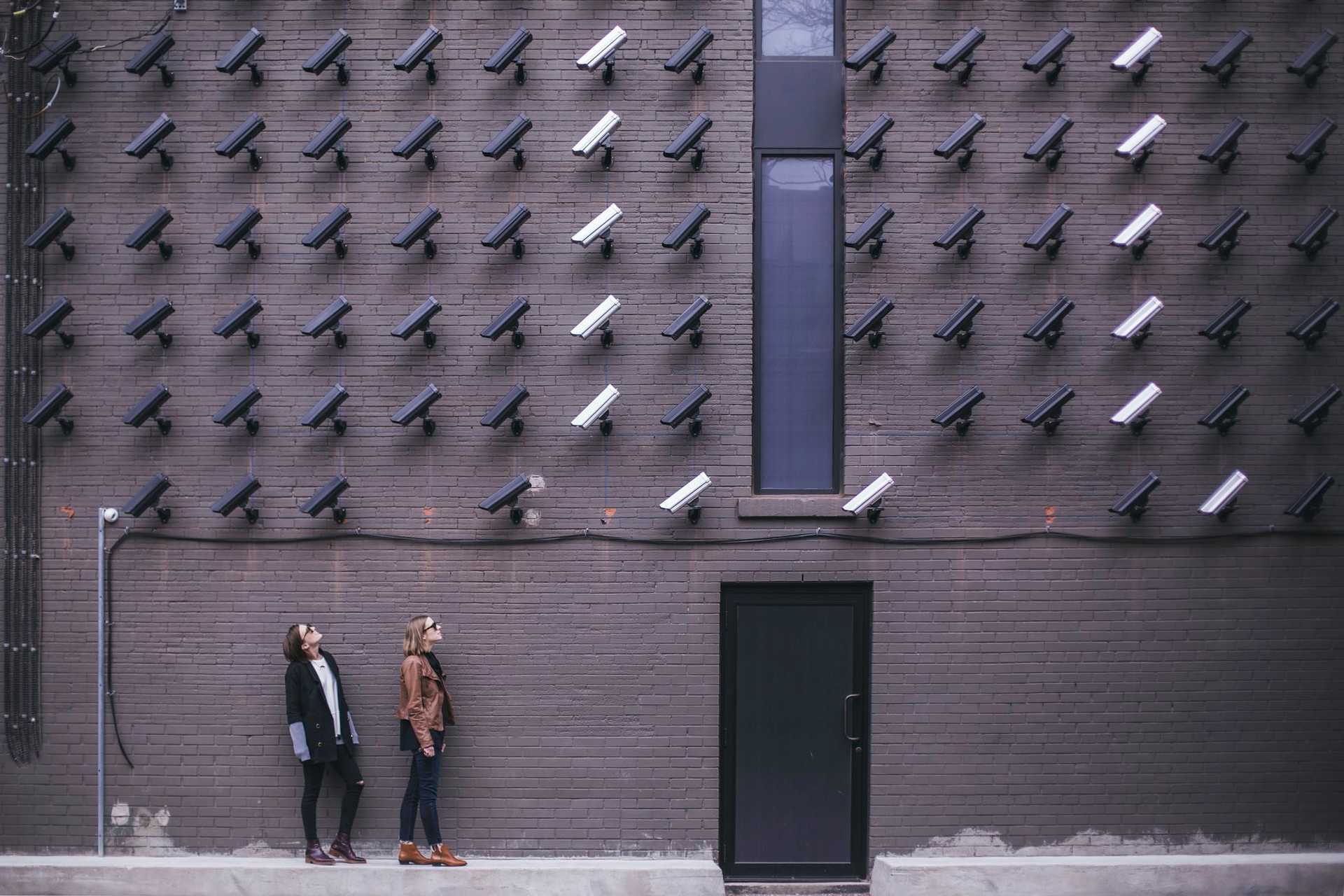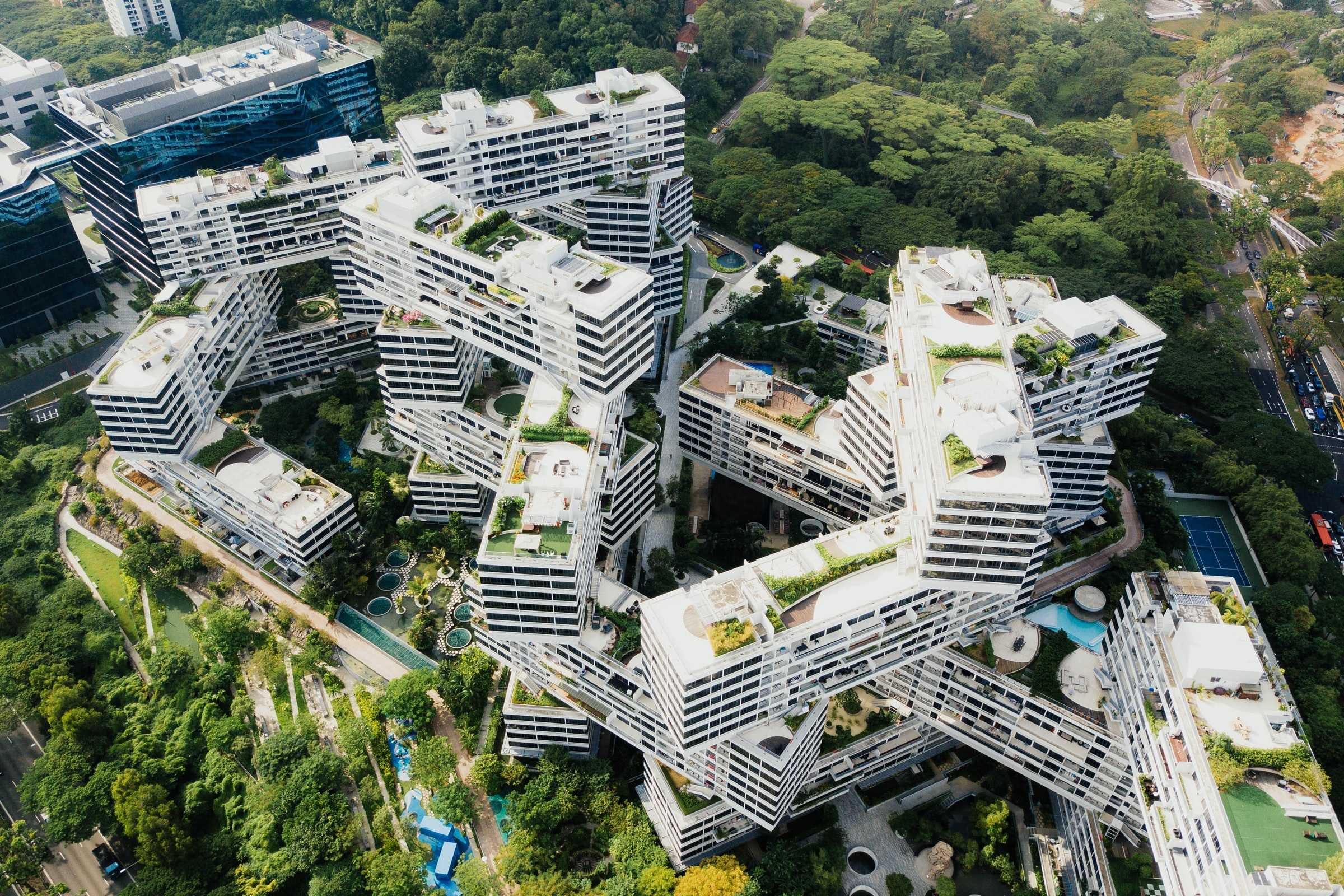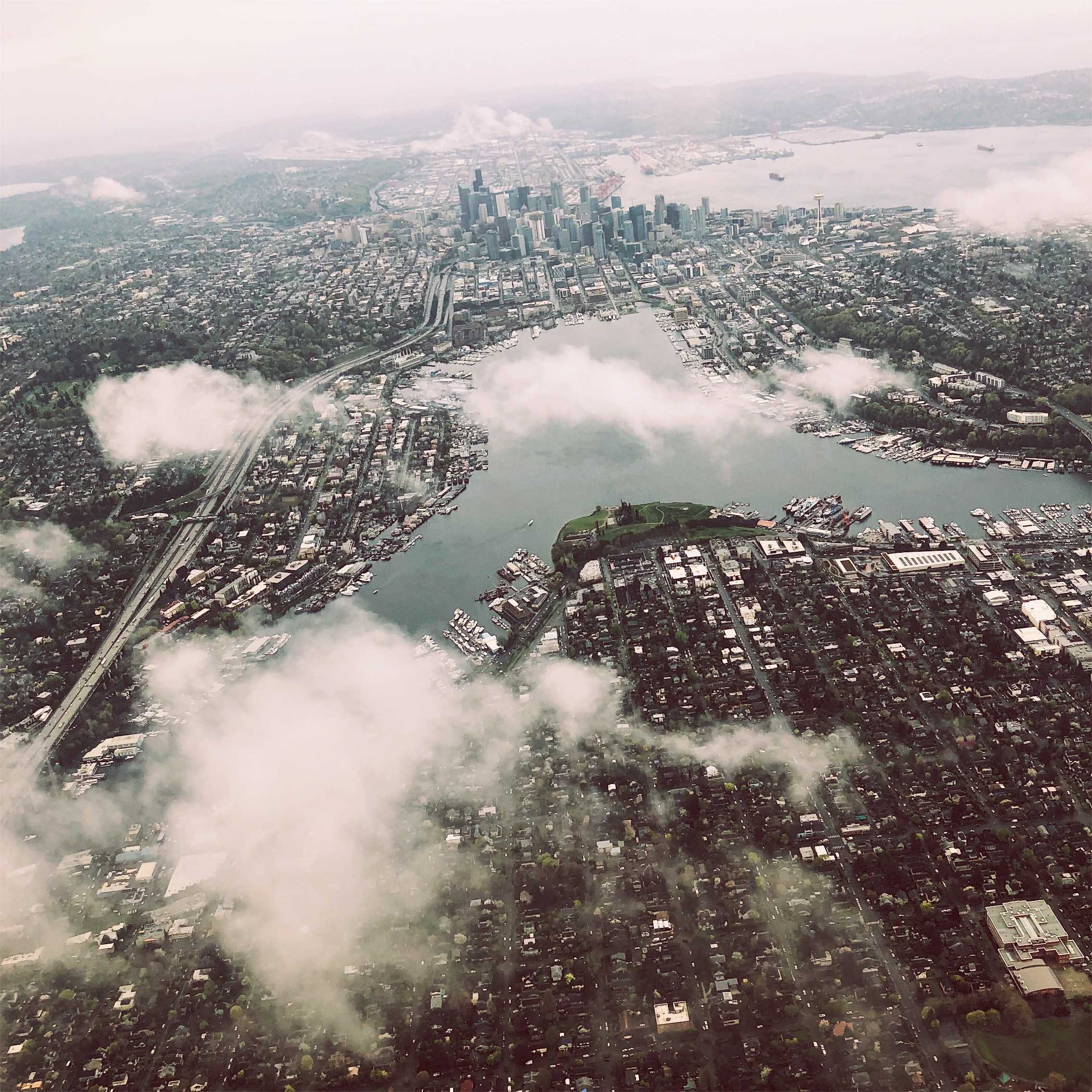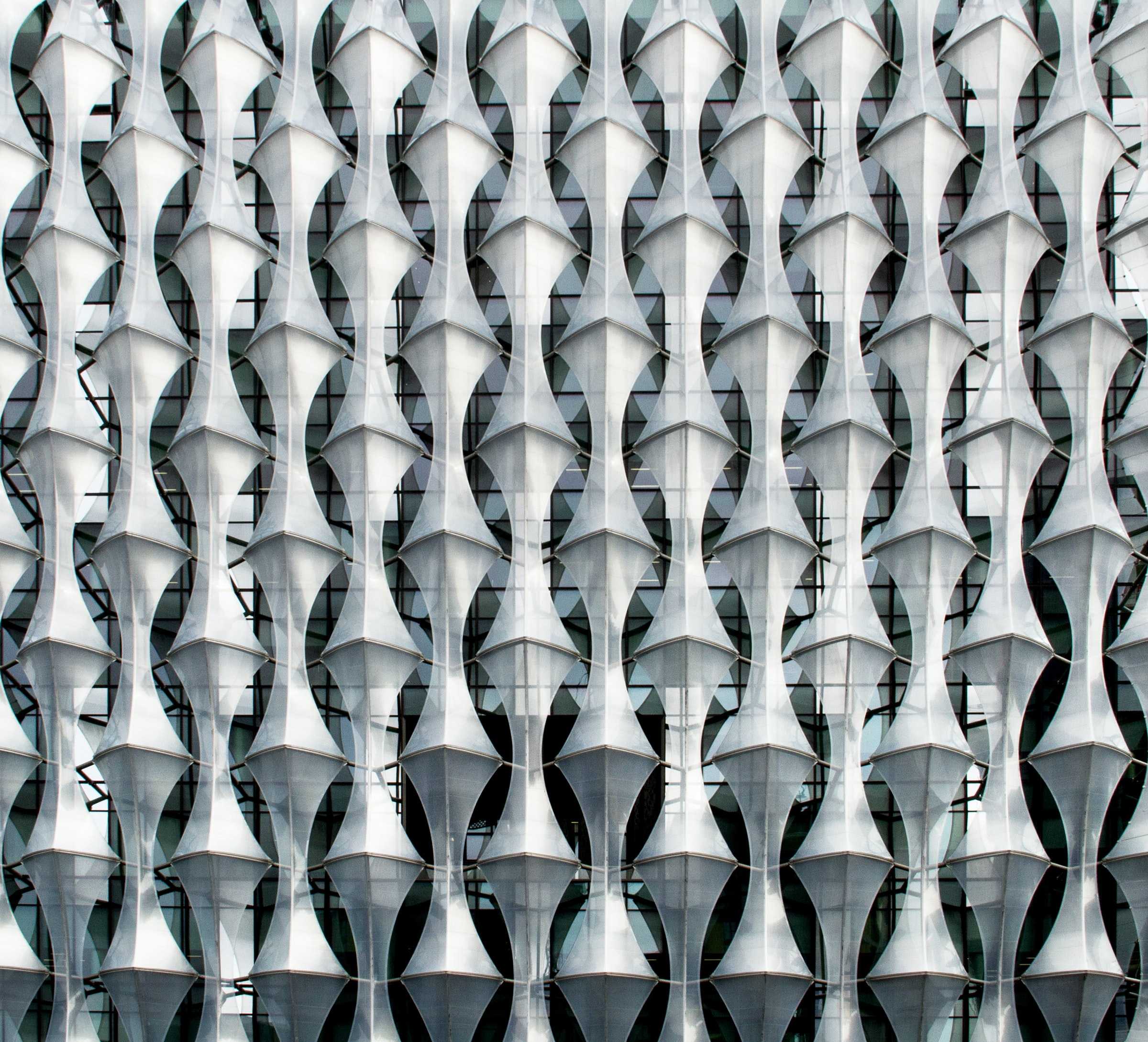
AI-powered cameras take over
New demands for video surveillance are driving a massive upgrade of computing capabilities on cameras. More demand applications for identifying people, vehicles, and assets as well as events and threats affecting them require lower latency image recognition. Growing concerns about privacy and data security dictate reducing the amount of raw data that is stored and transmitted to the cloud. Both of these changing requirements are being addressed through the incoproration of more powerful, dedicated deep learning processors and software in video cameras themselves.
The shift is already underway, and will pass a tipping point in the next few years. Market analysts at ABI Research report that "the installed base of smart cameras with an AI chipset will reach over 350 million in 2025. More than 65 per cent of cameras shipped in 2025 are expected to come with at least one AI chipset."
This points towards a swift and massive dispersal of computing power in smart cities, where as recently as the mid-2010s, data center requirements for storage and processing of urban video surveillance data was exploding. This also raises the possibility for more aggressive data controls to be introduced at the point of collection with less impact on the effectiveness of monitoring performance.




..png)
